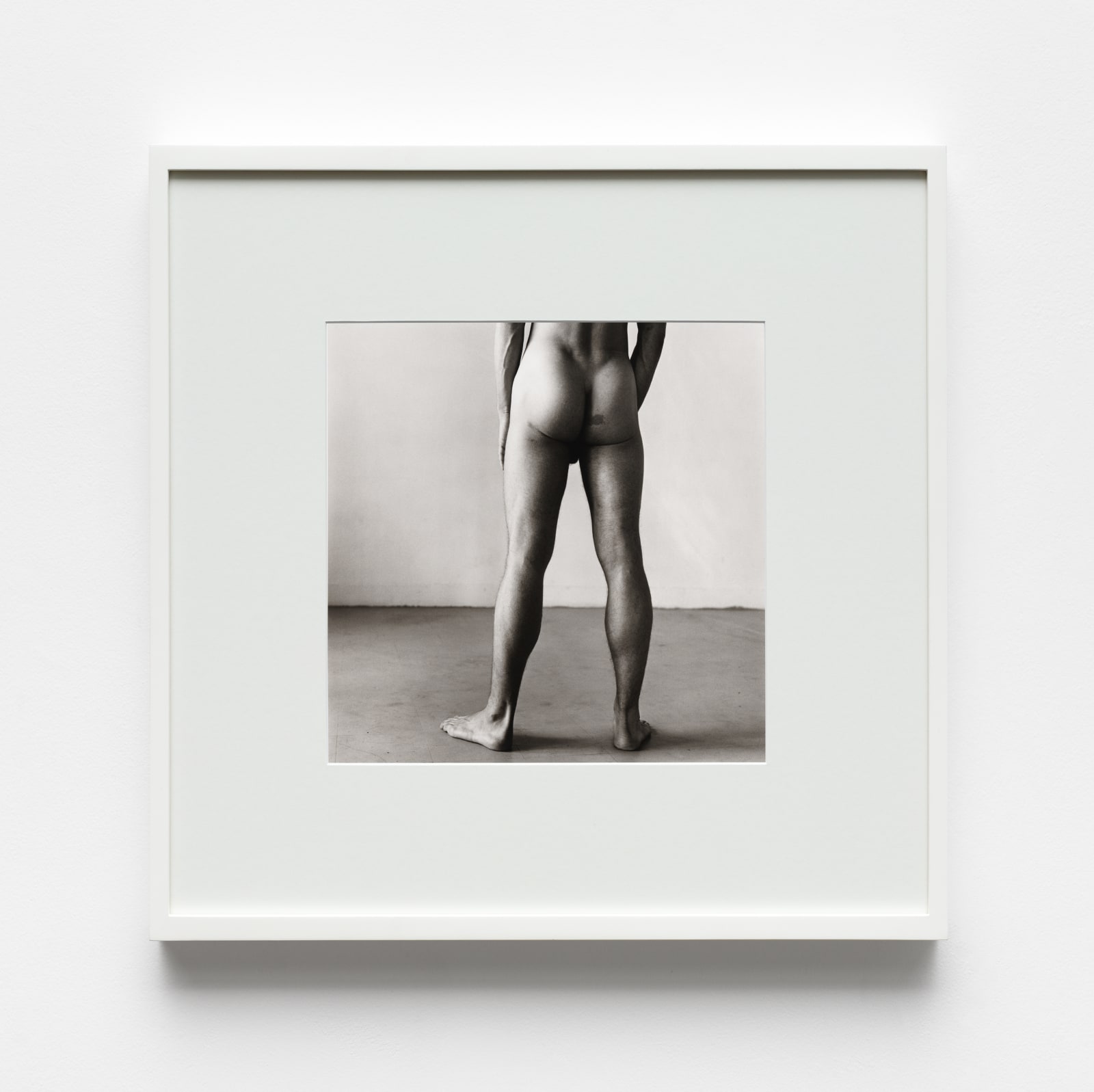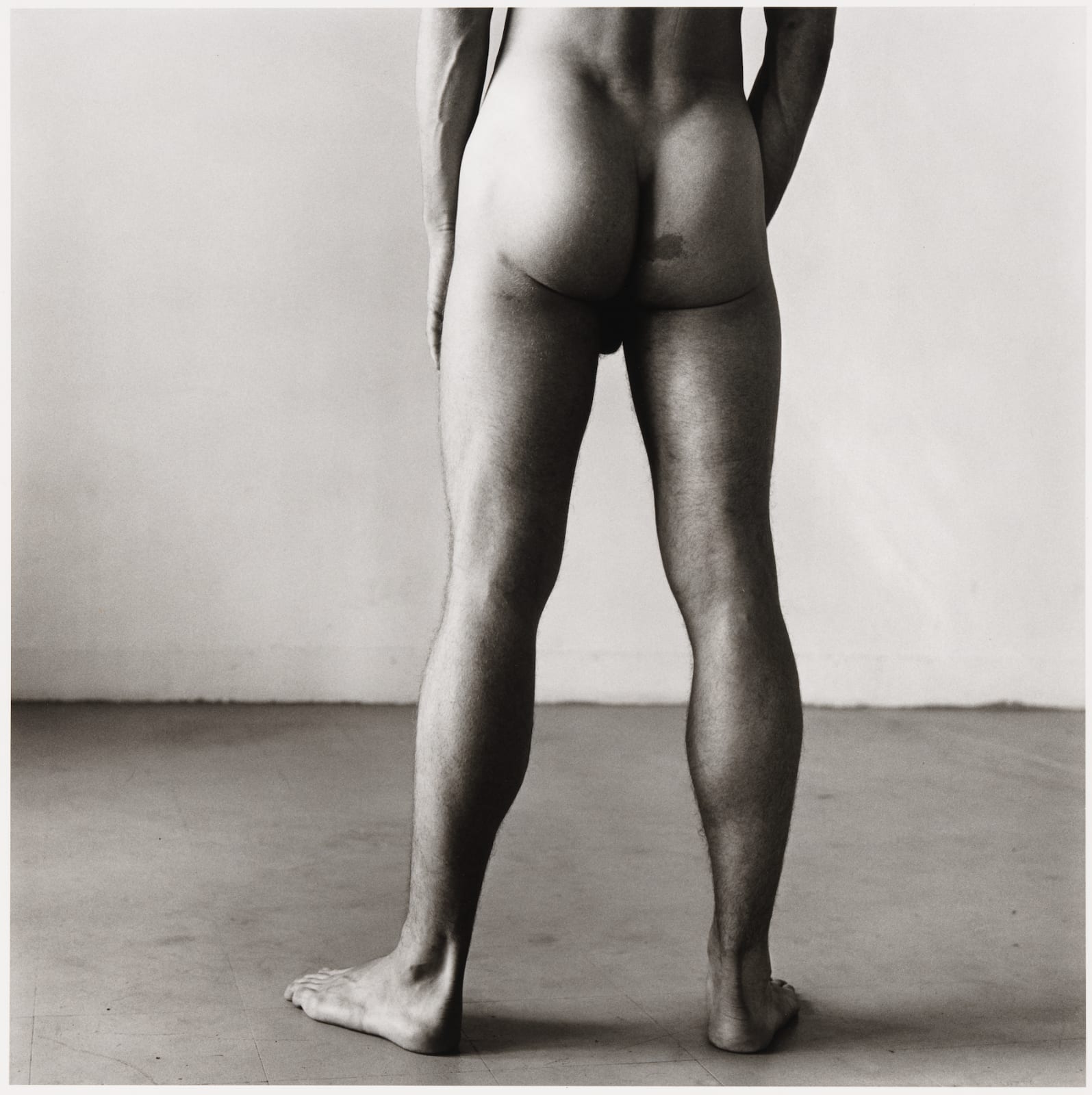Peter Hujar
Bruce's Back (Bruce de Sainte Croix), 1976
vintage gelatin silver print
impressão da época em gelatina e prata
impressão da época em gelatina e prata
37.1 x 37.1 cm (imagem)
14 5/8 x 14 5/8 in (image)
50.8 x 40.6 cm (papel)
20 x 16 in (paper)
14 5/8 x 14 5/8 in (image)
50.8 x 40.6 cm (papel)
20 x 16 in (paper)
Portraiture of bodies was another focal point of Hujar’s last decade of work. In 1978, some of his works were included in The Male Nude: A photographic Survey at the...
Portraiture of bodies was another focal point of Hujar’s last decade of work. In 1978, some of his works were included in The Male Nude: A photographic Survey at the Marcuse Pfeifer Gallery in New York. Bodies, he suggested, could be read as freely as faces for character, emotion, or life story. He photographed bodies in the extremes of youth and old age, bodies displaying unique features, and bodies in transient states, notably pregnancy and arousal.
Whether photographing faces or bodies, Hujar was attentive to the characteristics conferred by time and experience, such as Bruce de Sainte Croix's birth mark at his back. “I want people to feel the picture and smell it,” he said of his nudes, which he contrasted to the idealised bodies in Robert Mapplethorpe’s work.
Text: National Library of Australia / Dr Marcus Bunyan.
Whether photographing faces or bodies, Hujar was attentive to the characteristics conferred by time and experience, such as Bruce de Sainte Croix's birth mark at his back. “I want people to feel the picture and smell it,” he said of his nudes, which he contrasted to the idealised bodies in Robert Mapplethorpe’s work.
Text: National Library of Australia / Dr Marcus Bunyan.



